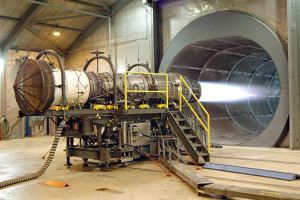
People work in order to live but some people have health hazards in their workplaces with beryllium exposure. These result to workers’ poor performance as well as labor issues on occupational health and safety.
However, there are certain jobs in which workers can’t avoid getting exposed to toxic materials that can make them very sick. This can affect their productivity including the company’s operation as a whole.
Here is a list of workplaces with high risk of developing chronic beryllium disease.
Generally, workers who are directly involved in the manufacture, fabrication and finish of beryllium alloys are exposed to the occupational hazard of beryllium metal. Take note of the different processes and operations in various sectors where beryllium sensitization is high.
The Ontario Ministry of Labor has identified the following workplaces with beryllium exposure:
Industrial sector
- Machining (dust/mist)
- Melting/casting (fumes)
- Heat treating (fumes)
- Research and development (powder)
- Metallic beryllium operations
- Maintenance and housekeeping
Recently Batelle, a nonprofit applied science and technology development company, has been under investigation for its failure to conduct strict beryllium sampling while operating Pacific Northwest National Laboratory (PNNL). Battelle to pay $200,000 due to PNNL beryllium issues.
Construction sector
- Decommissioning and demolition of nuclear facilities, power generating plants and aerospace facilities
Mining sector
- Extraction processing
- Alloy processing
This list doesn’t mean that workers are not protected against occupational hazards. There are legal requirements for companies and they strictly follow the regulation on Control of Exposure to Biological or Chemical Agents. They adhere to the limit set for beryllium and other compounds in the workplace.
Safety precautions to lower risk of exposure to beryllium
If however, it is part of your job and inevitable to have zero-exposure to beryllium, certain precautions and safety measures can be done to reduce the risk.
These include practical steps like installing exhaust ventilation and substituting the beryllium product with another metal, if possible.
While at work, avoid eating, drinking, smoking or even applying makeup in the beryllium exposed areas because beryllium might be inhaled or ingested.
Personal hygiene should be practiced, and protective clothing and shoes be worn at work and never at home.
Employers have the responsibility to provide all necessary information and training to employees who are exposed to beryllium.